These are some of the places where mokume gane works from the Edo period are housed, researched and studied.
Why is it that this metalworking technique that originated in Japan is being recognized around the world for its value? Let's start by unraveling the history of mokume gane.
"Mokume gane" first emerged in the Edo period. With the rise of samurai society, mokume gane developed in its own unique way as one of the metalworking techniques used to adorn swords. Even in the Edo period, when wars were less frequent, the sword, a symbol of the samurai spirit, was still an important means of expressing oneself. They all must have been aiming to be stylish samurais, entrusting their own tastes to the craftsmen.
"Guribori" (metalsmithing technique that involves alternating many different color metals and carving curves and spiral patterns) style tsuba (sword guards) were devised by Shoami Denbei of Dewa Akita (present-day Akita Prefecture), who was a craftsman of sword fittings. This is said to be the origin of mokume gane.
The beautiful grain patterns are created by layering different metals and carefully pounding and forging them together. Mokume gane, which originated with guribori, was reinterpreted by the Takahashi School in the mid-Edo period and perfected into a technique that is still used today.
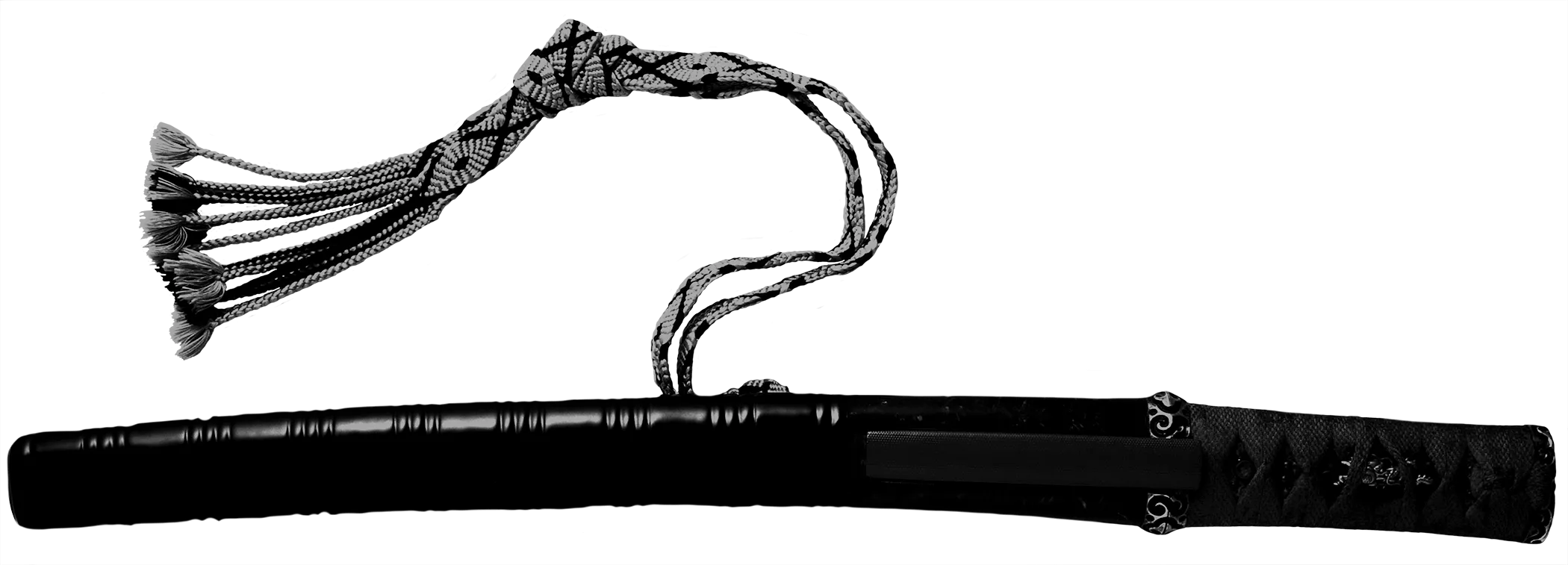

In the late Edo period, as the townspeople's culture began to flourish, mokume gane was used to make accessories and household goods and the technique was further developed. After the decree banning the wearing of swords was promulgated in the Meiji era, the technique was also used in the production of crafts for export overseas, and influenced crafts around the world through overseas world expositions and other events. In the early 20th century, some of the world's best-known luxury brands began diligently studying the mokume gane technique and using it to create their own products.
Some of the foreigners who came to Japan between the end of the Edo period and the Meiji era were so fascinated by mokume gane that they brought it back to their countries. Those items are now exhibited in museums around the world as valuable cultural assets. Along with ukiyo-e and urushi, mokume gane is a globally recognized Japanese tradition.
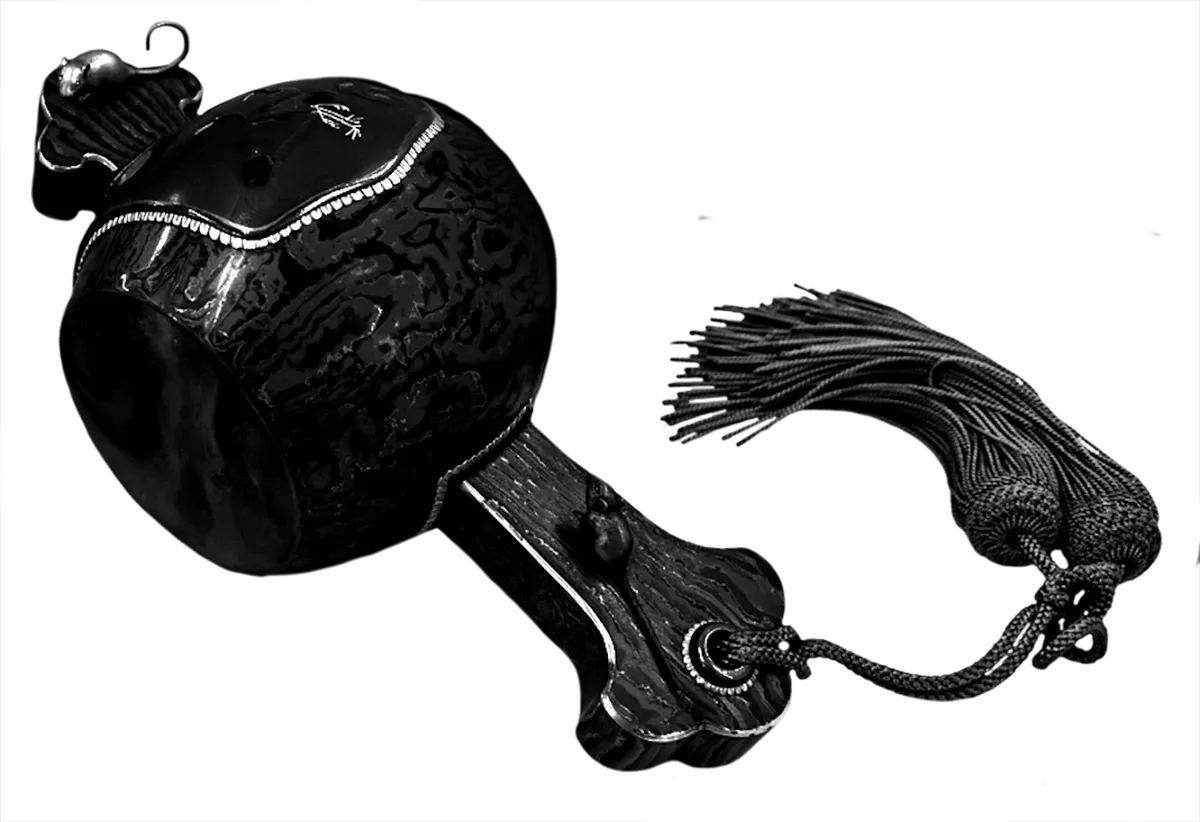
Mokume gane cannot be mass-produced and requires delicate handcrafting from start to finish. Even after the tradition died out for a time during the Meiji era, some researchers attempted to revive the technique, only to have it die out again. Today, jewelry and other processed items are researched and produced overseas as well by applying mokume gane techniques to precious metals such as silver, gold, and platinum.
Mokume gane is a technique that was developed to create important jewelry that symbolizes the identity of the person wearing it. We at Mokumeganeya are committed to passing on this pride of Japanese craftsmanship as a "living art form" to the next generation by applying it to wedding rings that will be treasured and worn for a lifetime.
We will continue to evolve this world-class Japanese metalworking technique into a technique that will be valued both in Japan and abroad.
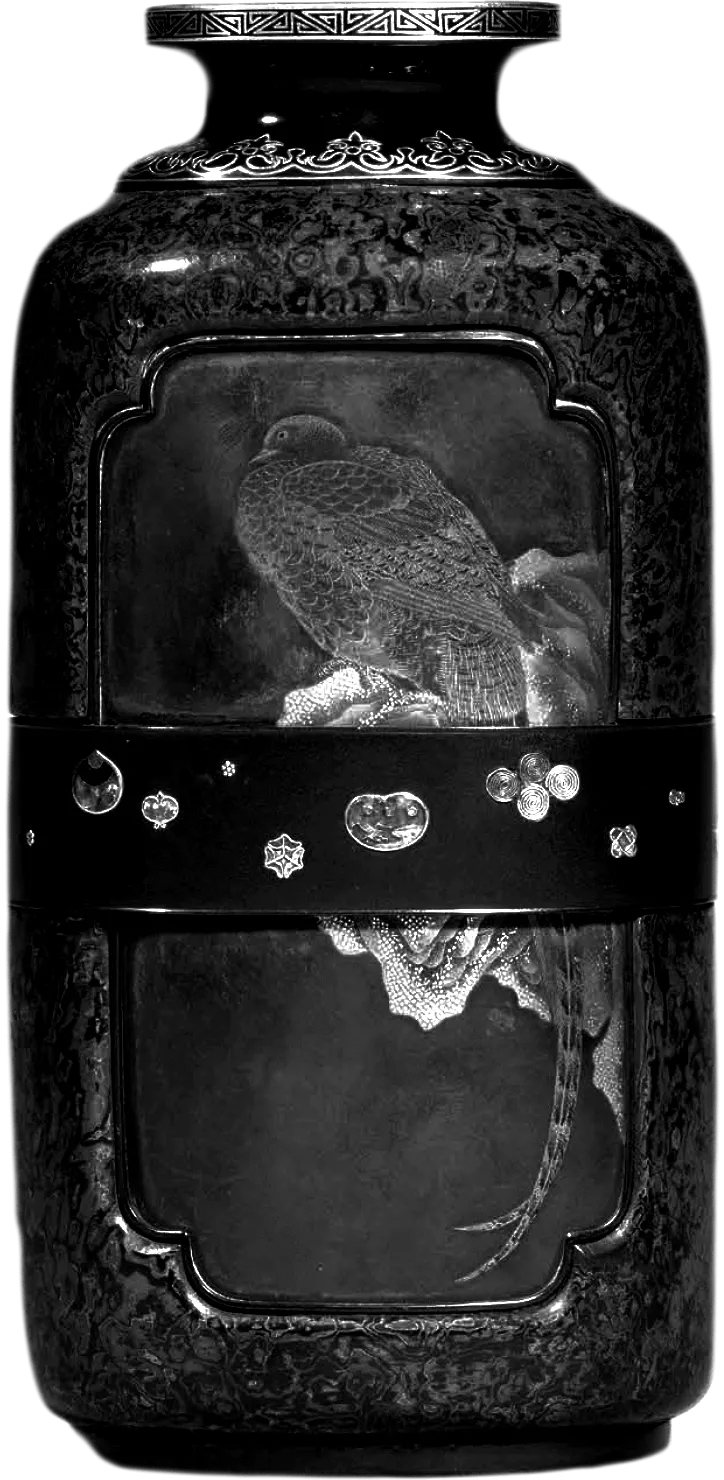
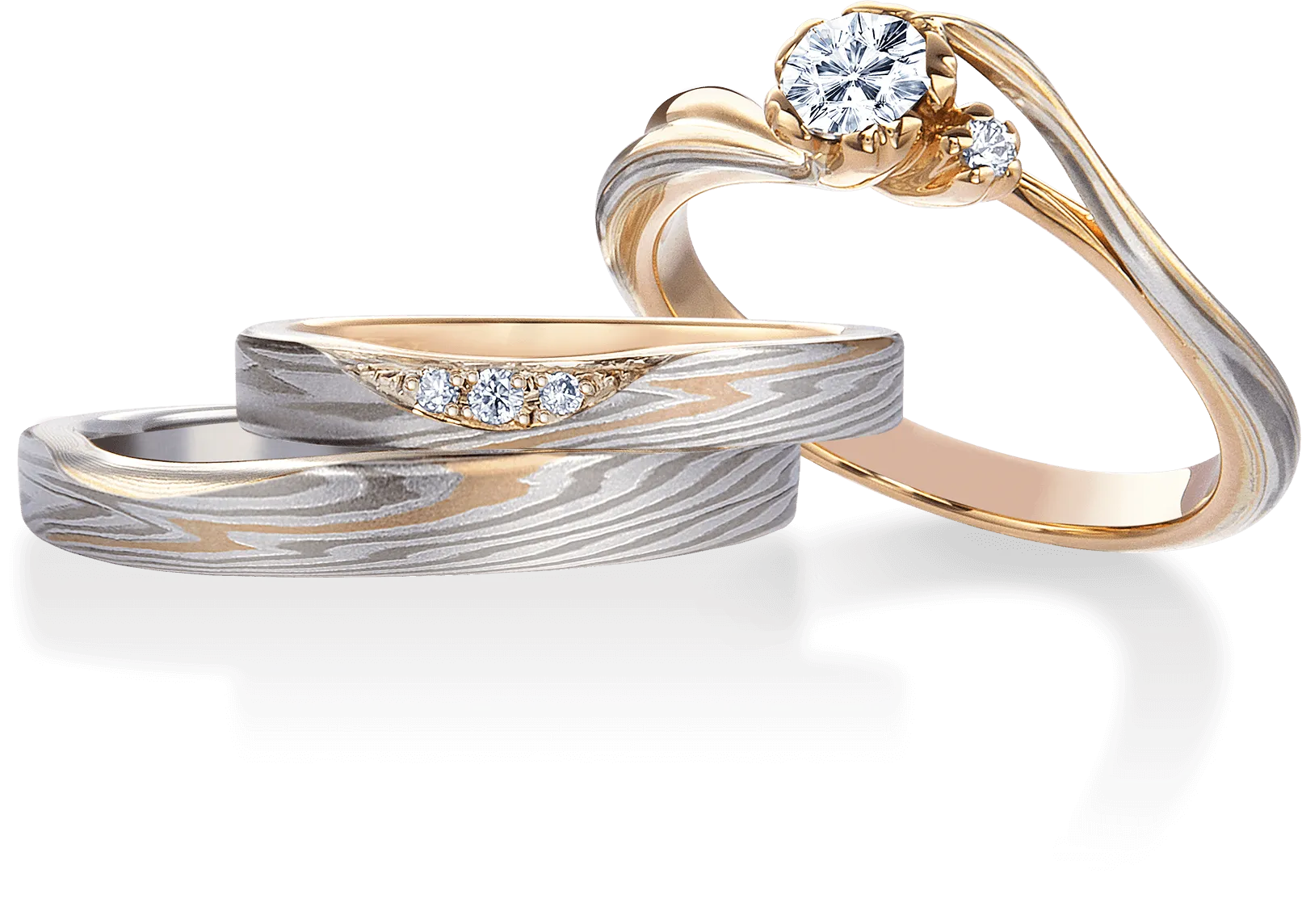
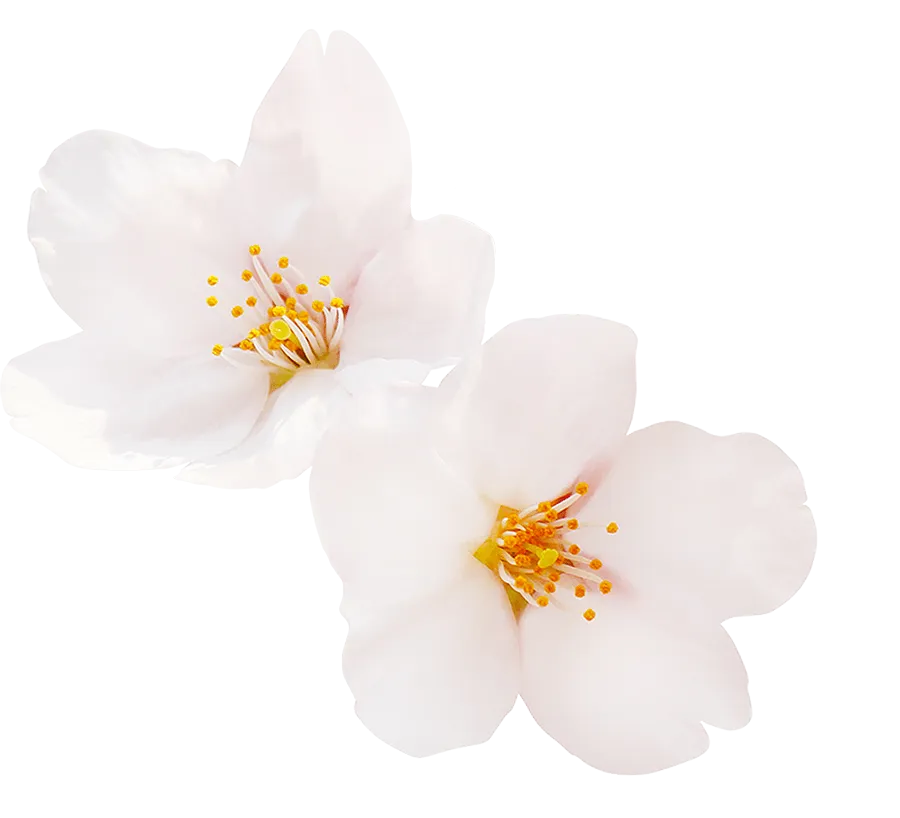
Mokumeganeya is participating in the Tokyo Metropolitan Government's "Edo Tokyo Kirari Project" to introduce innovative products to the world using mokume gane, a traditional metalworking technique from the Edo period. The "Edo-Tokyo Kirari Project" is an initiative to highlight the techniques and products rooted in the traditions of Edo Tokyo as treasures of the city and promote them to the world.
EDO TOKYO KIRARI WEB site : https://en.edotokyokirari.jp/
Mokumeganeya is participating in the Tokyo Metropolitan Government's "Edo Tokyo Kirari Project"
